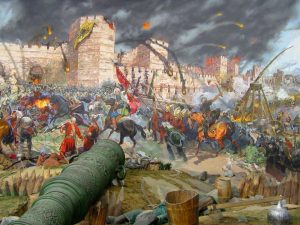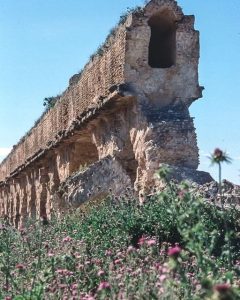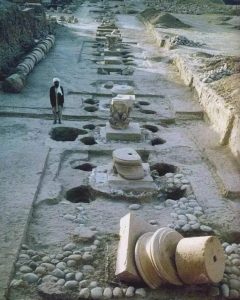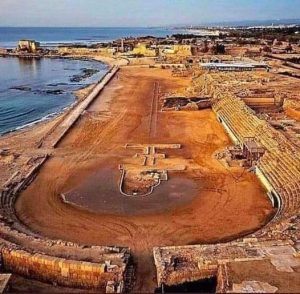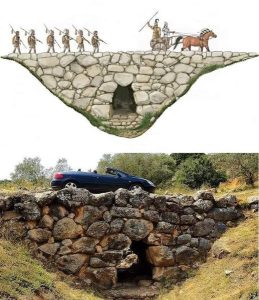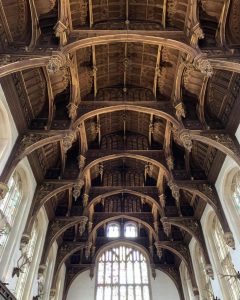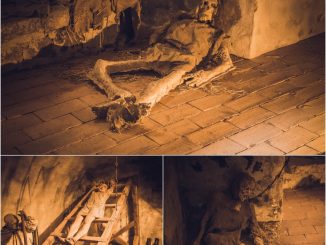
Nestled along the shores of modern-day Tunisia lies the ancient city of Carthage, a once-thriving metropolis that played a pivotal role in Mediterranean history. Among its many architectural marvels was the Punic cothon, a strategically designed harbor that served as the heart of Carthaginian naval power in the 3rd century BCE. Today, as we look back on this ancient marvel, we embark on a journey to explore the evolution of the cothon and its transformation over the centuries.
The Magnificence of the Punic Cothon in the 3rd Century BCE
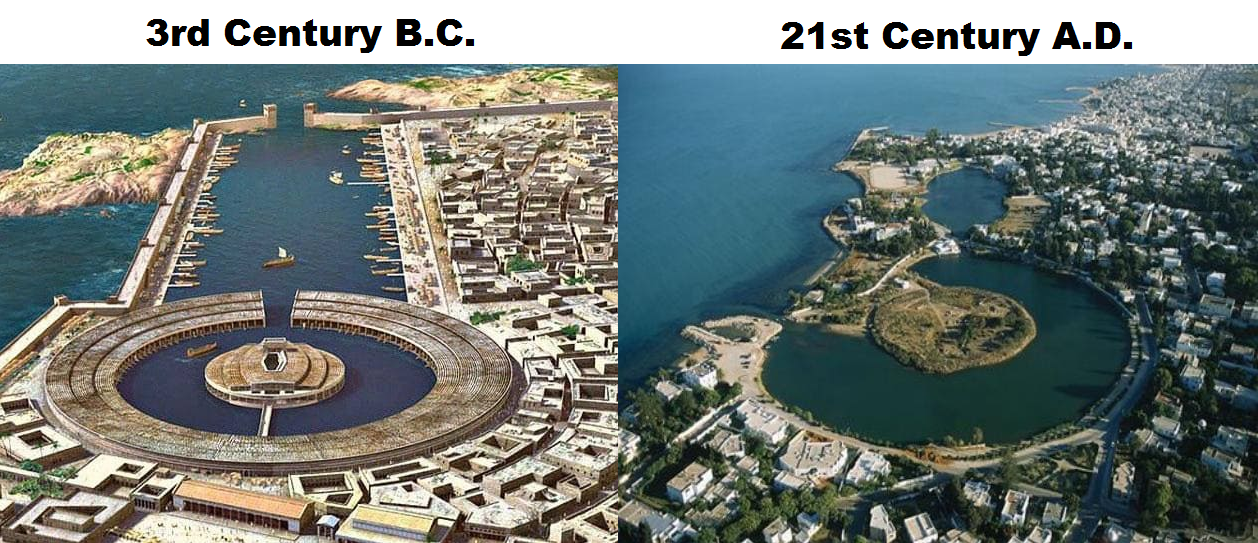
In its prime, the Punic cothon of Carthage stood as a testament to Carthaginian ingenuity and maritime prowess. This circular harbor, surrounded by towering walls and equipped with advanced docking facilities, was a hive of activity, bustling with ships and sailors engaged in trade and military operations. The cothon played a crucial role in shaping Carthage’s dominance in the Mediterranean, allowing the city to establish itself as a formidable naval power and exert influence over vast maritime territories.
The design of the Punic cothon was truly ahead of its time. Its circular layout, with a central island and radial docking bays, maximized space and efficiency, enabling swift maneuvering of ships and easy access to the open sea. The harbor’s strategic location near the city center ensured quick deployment of naval forces and facilitated the transportation of goods and resources essential for Carthage’s prosperity. The cothon was not merely a functional harbor but also a symbol of Carthaginian strength and sophistication, showcasing the city’s architectural and engineering prowess to the world.
The Modern-Day Transformation of the Punic Cothon
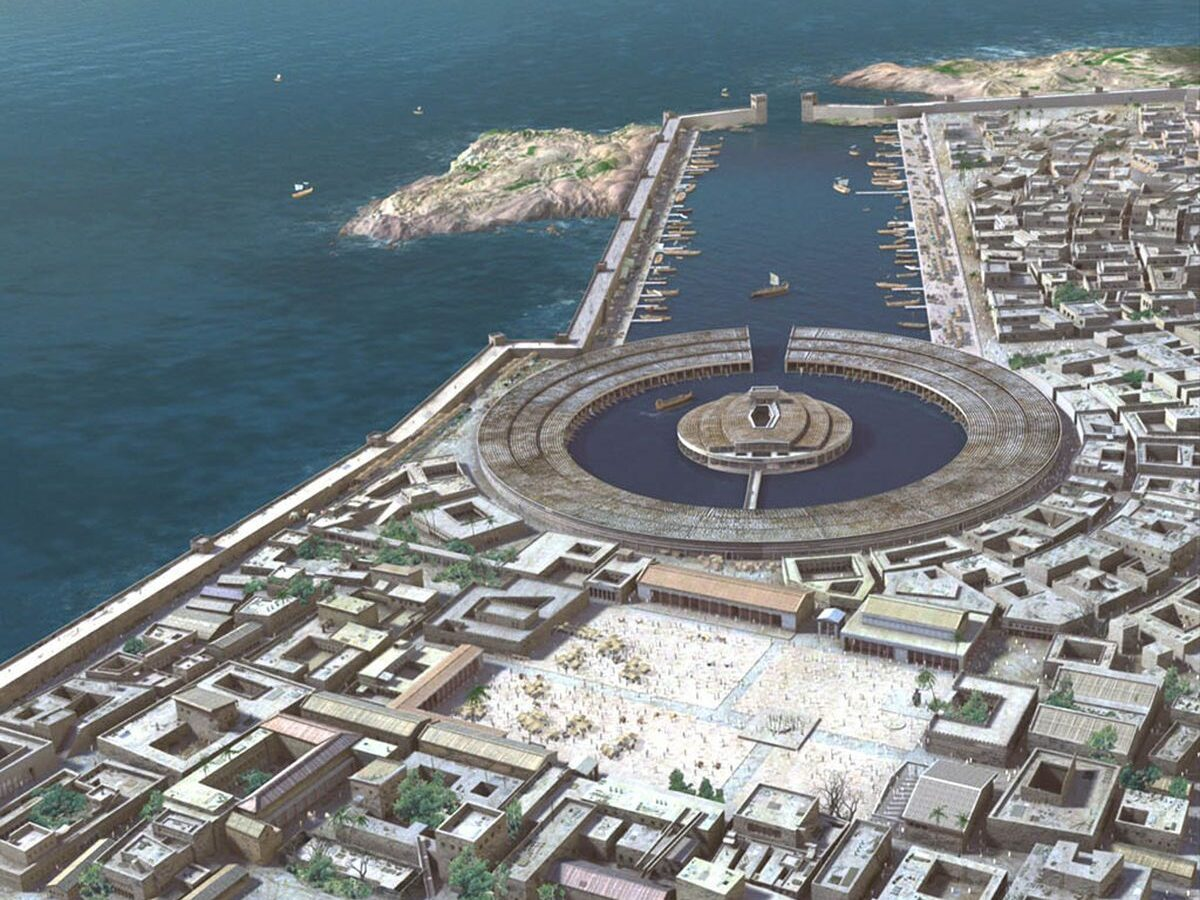
Today, the Punic cothon of Carthage presents a stark contrast to its former glory. While remnants of its ancient structure still stand, the harbor has undergone significant changes over the centuries. The once-bustling docks are now quiet, and the towering walls that once protected the harbor have weathered with time. Modern development and urbanization have encroached upon the ancient site, altering its landscape and diminishing its historical significance.
However, efforts to preserve and restore the Punic cothon are underway, guided by a desire to honor Carthage’s rich heritage and ensure that future generations can appreciate its importance. Archaeological excavations and conservation projects seek to uncover and protect the remaining ruins of the cothon, shedding light on its ancient splendor and significance. Through these endeavors, we strive to reconnect with the past and preserve the legacy of Carthage’s maritime legacy for posterity.
Reflecting on the Archeological Significance of the Punic Cothon
In conclusion, the Punic cothon of Carthage stands as a testament to the city’s maritime prowess and strategic importance in antiquity. From its humble beginnings as a bustling harbor to its modern-day transformation, the cothon’s evolution reflects the ebb and flow of history and the enduring legacy of Carthage. As we continue to explore and study this ancient marvel, we gain valuable insights into the achievements of past civilizations and the significance of maritime trade and naval power in shaping the course of history. Through archeological research and preservation efforts, we can ensure that the legacy of the Punic cothon lives on, inspiring future generations to appreciate and learn from the rich cultural heritage of Carthage.
